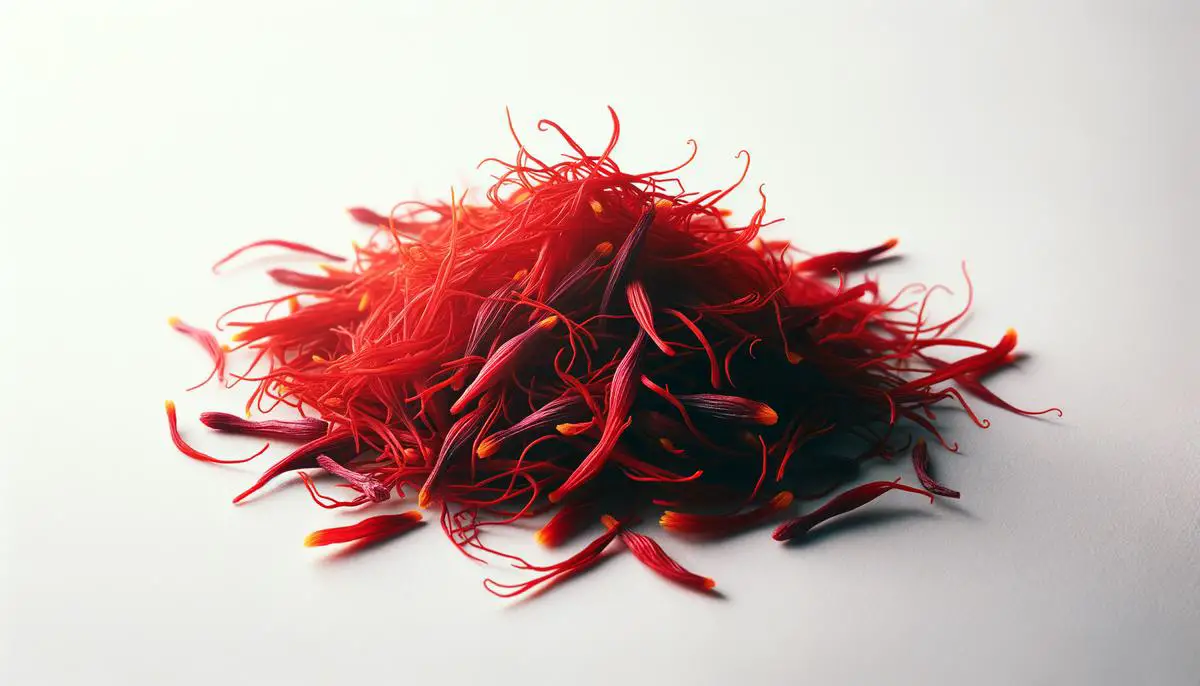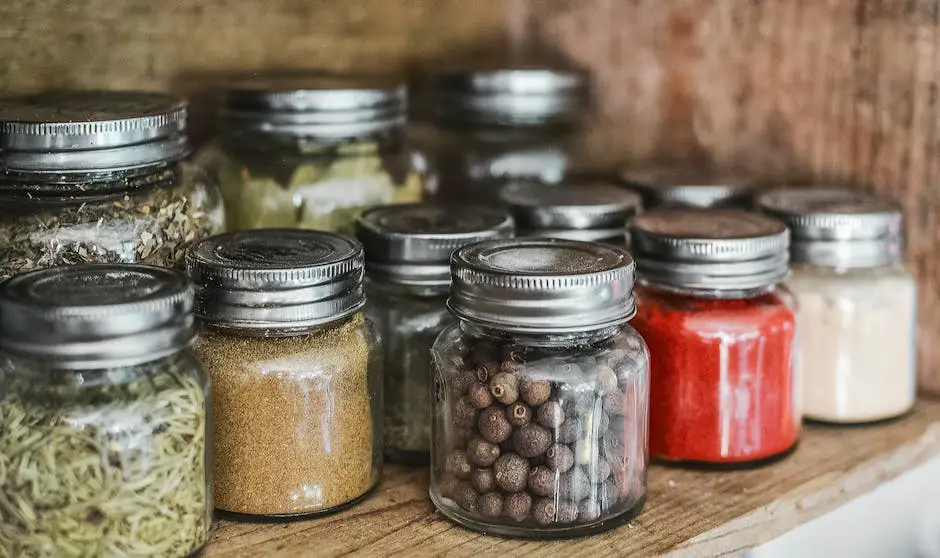
What Is Saffron?
Saffron, known as 'red gold,' commands awe in the culinary and economic worlds due to its high price and vibrant allure. The main reason behind its cost and precious status is its labor-intensive harvesting method, which requires a meticulous handpicking process. Every pound of saffron necessitates the harvest of approximately 75,000 saffron crocus flowers—a figure that puts into perspective the dedication and labor required.1 These threads, the stigmas of the saffron crocus, offer a culinary delight with their slightly sweet, earthy taste and iconic golden hue, intertwined with a tapestry of history and luxury.
Saffron's price is also influenced by its specific growing conditions. Thriving best in climates like those found in the Middle East and parts of Spain, the saffron crocus demands precise weather conditions and harvesting techniques to ensure the integrity of the threads and maximum flavor potency. Its rarity, combined with the effort to cultivate and prepare it for culinary use, lends saffron its reputation as a treasure within the cooking realm, justifying its moniker of 'red gold'.
Culinary Uses of Saffron
The impact of saffron in the culinary world extends beyond its golden hue; it introduces an aromatic allure and a sublime layer of flavor to every dish it graces. When saffron threads are gently introduced into a simmering broth or delicately steeped, they transform the ordinary into the extraordinary. Its floral notes and earthy undertones harmonize with ingredients, elevating dishes like risottos, seafood stews, and even desserts with unparalleled sophistication. The sensory experience of saffron, from its scent to its complex flavor profile, underscores its role not just as a spice, but as an artist's medium in the kitchen.
Incorporating saffron into culinary creations requires an understanding of its strength and subtleties, inviting chefs and home cooks to explore their creativity. The essence of saffron marries well with:
- The creaminess of risottos
- The robustness of paellas
- The sweetness of traditional saffron-infused pastries
This revered spice does not just add color; it weaves a narrative through each dish, imbuing it with a history and heritage that spans cultures and continents.
Storing and Handling Saffron
To maintain the distinct essence of saffron, its storage is crucial. The potency of saffron is intricately tied to its handling and storage. Exposing saffron to light and variable temperatures can diminish its vibrant hue and unique aroma. The best strategy to preserve the potency of saffron involves:
- Storing in a cool, dark place away from direct sunlight
- Using airtight containers, such as glass jars with tight-sealing lids, to fend off moisture and odors
- Wrapping the saffron in aluminum foil before placing it in the container for an extra layer of protection against light and air
Appreciating saffron as an investment in culinary excellence commands a thoughtful approach to its usage and preservation. The delicate threads, each painstakingly harvested by hand, are imbued with the power to transform dishes with just a whisper of their presence. By adopting meticulous storage practices, enthusiasts affirm their dedication to honoring the artistry of saffron in cuisine. Utilizing it within an optimum period – typically within three years for maximum flavor – underscores an acknowledgment of its esteemed role in gastronomy.

Saffron in Global Cuisine
Saffron brightens dishes with its golden hue and envelops them in a tapestry of delicate yet profound flavors. From the fields of Spain to the saffron farms of Iran, this spice traverses borders, bringing joy to kitchens and dining tables. It whispers stories of ancient trade routes, royal feasts, and the simple pleasure of a well-cooked meal. In world cuisine, saffron's threads bridge the gap between tradition and innovation. Chefs and home cooks treasure it for its ability to transform ordinary ingredients into masterpieces of gastronomy. Be it the creamy risottos of Italy, the fragrant paellas of Spain, or the depths of flavor in a Moroccan tagine, saffron proves its mettle as a globally celebrated spice.
Embarking on a culinary journey with saffron requires an understanding of the spice's soul. Its application in a dish is akin to adding the finishing strokes to a masterpiece, where even a few threads can elevate a meal from mundane to magnificent. The paradox of saffron lies in its potency despite its subtleness; it nests quietly within a dish, yet its presence is unmistakable, rendering a flavor that lingers. Tended with care and used with reverence, saffron continues to be the crowning jewel of spices in culinary traditions around the world, demonstrating that true luxury often comes in tiny, but potent packages.
In conclusion, saffron's value in the culinary world is a result of its laborious cultivation process and its ability to transform dishes into extraordinary experiences. Its golden threads weave through global cuisines, bringing warmth, depth, and a touch of luxury that transcends geographical boundaries. Saffron remains not merely a spice but an emblem of culinary heritage and sophistication.
- Melnyk JP, Marcone MF. Aphrodisiacs from plant and animal sources—A review of current scientific literature. Food Research International. 2011;44(4):840-850.



